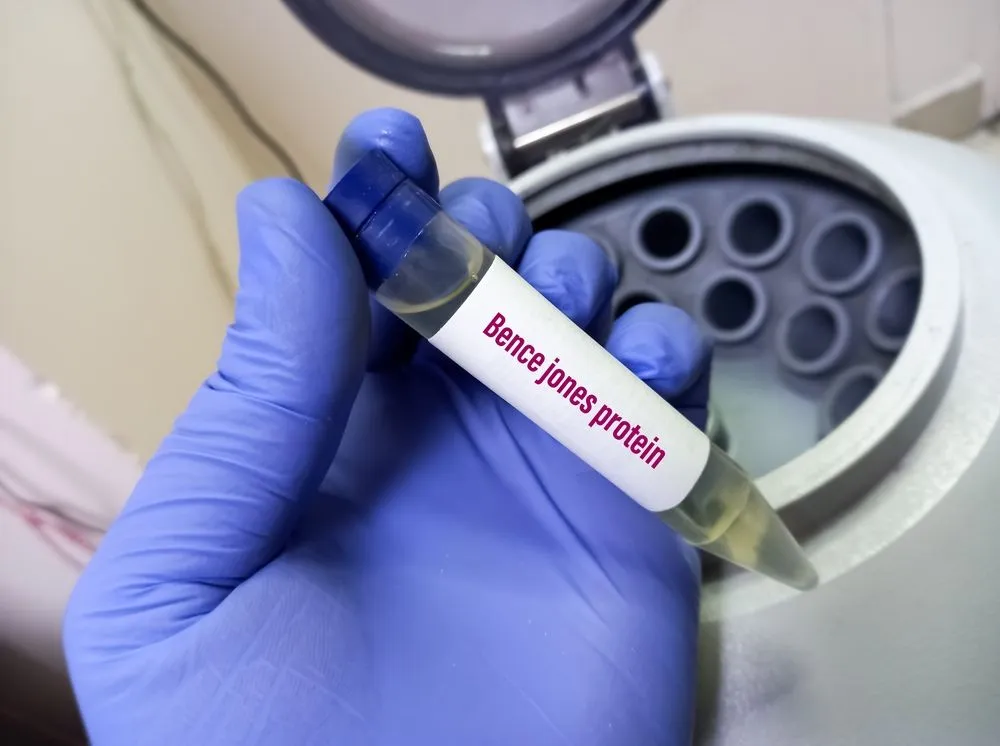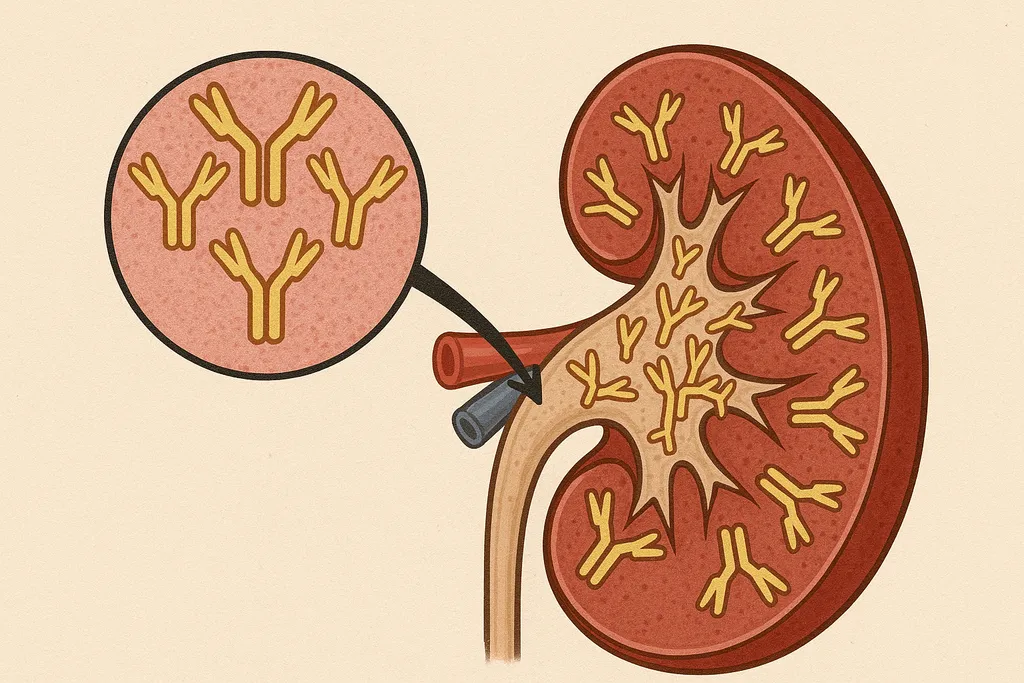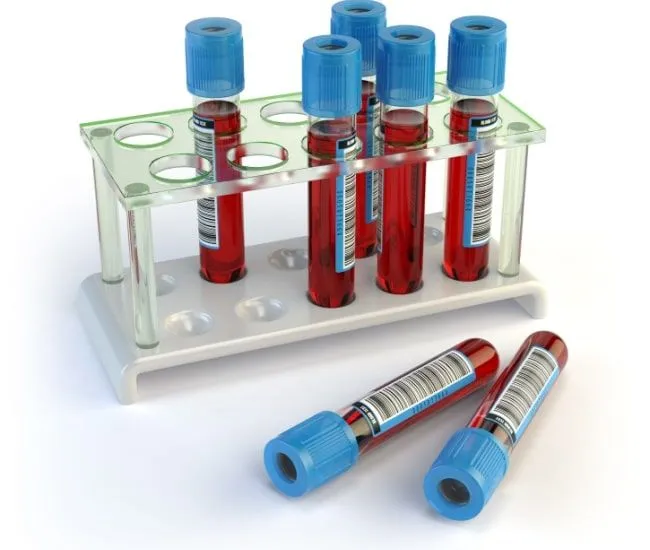When Does Smoldering Myeloma Become Active Myeloma?

Smoldering myeloma is a precursor stage of multiple myeloma that lies between an earlier condition called monoclonal gammopathy of undetermined significance (MGUS) and active multiple myeloma. Until treatment side effects become completely benign, it is critical for doctors to assess the likelihood of progression to know who will and won't progress in order to treat those who need it most.
The 2/20/20 Risk Model
- Low risk group: 6%
- Intermediate risk group: 18%
- High risk group: 44%
The study then considered the addition of high-risk genetic features ((t) 4;14, t(14;16), +1q and/or del13q) and found that four groups could be further defined by 2-year progression:
- Low-risk group as defined above and no high-risk genetic features: 6%
- Intermediate risk as defined above and one high-risk genetic feature: 23%
- Intermediate risk as defined above and two high-risk genetic features: 46%
- High risk as defined above plus three or more high-risk genetic features: 63%
Active Multiple Myeloma
Historically, it was considered active myeloma if the CRAB features were present. These include:
- C = Calcium (elevated) – hypercalcemia: Myeloma attacks bone, and as bone is broken down, it causes high calcium levels in the blood. This can cause a variety of symptoms, including excessive thirst, nausea, constipation, loss of appetite, and confusion.
- R = Renal failure: The most common cause of kidney failure in the myeloma patient is due to the proteins secreted by the malignant cells. Myeloma cells produce abnormally high levels of abnormal proteins in the blood. Depending on the size of these proteins, they may be excreted through the kidneys, which can cause damage. Additionally, increased bone loss leads to hypercalcemia, which can also contribute to kidney failure.
- A = Anemia: Anemia caused by myeloma results from the replacement of normal bone marrow by infiltrating tumor cells and inhibition of normal red blood cell production. Anemia can cause exhaustion, weakness, mental fatigue and forgetfulness.
- B = Bone lesions (bone pain): Bone pain affects a majority of myeloma patients, usually in the spine and ribs. Bone fractures and spinal cord compression is also common. The breakdown of bone also leads to the release of calcium in the blood, leading to hypercalcemia. It is common for bone problems to cause pain, breaks, and spinal problems.
In the revised 2014 criteria, three more markers were considered “myeloma-defining events” (MDEs).
- Over 60% of plasma cells in the bone marrow
- Serum involved / uninvolved free light chain ratio of 100 or greater, provided the absolute level of the involved free light chain is at least 100 mg/L (a patient’s “involved” free light chain – either kappa or lambda – is the one that is above the normal reference range; the uninvolved light chain is the one that typically is in, or below, the normal range)
- More than one bone lesion at least 5 mm in size on an MRI
To Treat or Not to Treat, That Is the Question
Myeloma experts are currently debating which patients should or should not be treated. Strategies in clinical trials have ranged from "curative" approaches with standard myeloma treatment approaches to more benign immunotherapies. The goal is to prevent progression and organ damage while ensuring the patient is not being overtreated when progression may not occur.
Smoldering myeloma patients should always consider joining clinical trials so that researchers can gather the data they need to set standards for care. You can find the HealthTree Clinical Trial Finder here.
Observation Is Key
Smoldering myeloma patients should be observed and tested by their physician approximately every three months. Testing using blood tests, urine tests, bone marrow biopsy tests, and imaging (PET-CT and MRIs) are all useful in diagnosing smoldering myeloma. Those who have bone lesions, osteoporosis, or osteopenia may receive bisphosphonates. Staying on top of your testing is critical to catching progression early. To connect your records and track your labs from one or multiple centers, create a HealthTree Cure Hub account.
Finding Support for Smoldering Myeloma
Having smoldering myeloma can be a mental challenge, waiting for the "other shoe to drop," so to speak. There are emotional and mental benefits to understanding your disease and having a game plan.
To find patients you can talk to who have smoldering myeloma, please join the HealthTree Connect MGUS/Smoldering Myeloma Group. This is a social media network with like-minded patients who can share tips, emotional support and knowledge about smoldering myeloma.
To learn more about MGUS or Smoldering Myeloma, visit our HealthTree University course on precursor conditions.
Sources:
Smoldering myeloma is a precursor stage of multiple myeloma that lies between an earlier condition called monoclonal gammopathy of undetermined significance (MGUS) and active multiple myeloma. Until treatment side effects become completely benign, it is critical for doctors to assess the likelihood of progression to know who will and won't progress in order to treat those who need it most.
The 2/20/20 Risk Model
- Low risk group: 6%
- Intermediate risk group: 18%
- High risk group: 44%
The study then considered the addition of high-risk genetic features ((t) 4;14, t(14;16), +1q and/or del13q) and found that four groups could be further defined by 2-year progression:
- Low-risk group as defined above and no high-risk genetic features: 6%
- Intermediate risk as defined above and one high-risk genetic feature: 23%
- Intermediate risk as defined above and two high-risk genetic features: 46%
- High risk as defined above plus three or more high-risk genetic features: 63%
Active Multiple Myeloma
Historically, it was considered active myeloma if the CRAB features were present. These include:
- C = Calcium (elevated) – hypercalcemia: Myeloma attacks bone, and as bone is broken down, it causes high calcium levels in the blood. This can cause a variety of symptoms, including excessive thirst, nausea, constipation, loss of appetite, and confusion.
- R = Renal failure: The most common cause of kidney failure in the myeloma patient is due to the proteins secreted by the malignant cells. Myeloma cells produce abnormally high levels of abnormal proteins in the blood. Depending on the size of these proteins, they may be excreted through the kidneys, which can cause damage. Additionally, increased bone loss leads to hypercalcemia, which can also contribute to kidney failure.
- A = Anemia: Anemia caused by myeloma results from the replacement of normal bone marrow by infiltrating tumor cells and inhibition of normal red blood cell production. Anemia can cause exhaustion, weakness, mental fatigue and forgetfulness.
- B = Bone lesions (bone pain): Bone pain affects a majority of myeloma patients, usually in the spine and ribs. Bone fractures and spinal cord compression is also common. The breakdown of bone also leads to the release of calcium in the blood, leading to hypercalcemia. It is common for bone problems to cause pain, breaks, and spinal problems.
In the revised 2014 criteria, three more markers were considered “myeloma-defining events” (MDEs).
- Over 60% of plasma cells in the bone marrow
- Serum involved / uninvolved free light chain ratio of 100 or greater, provided the absolute level of the involved free light chain is at least 100 mg/L (a patient’s “involved” free light chain – either kappa or lambda – is the one that is above the normal reference range; the uninvolved light chain is the one that typically is in, or below, the normal range)
- More than one bone lesion at least 5 mm in size on an MRI
To Treat or Not to Treat, That Is the Question
Myeloma experts are currently debating which patients should or should not be treated. Strategies in clinical trials have ranged from "curative" approaches with standard myeloma treatment approaches to more benign immunotherapies. The goal is to prevent progression and organ damage while ensuring the patient is not being overtreated when progression may not occur.
Smoldering myeloma patients should always consider joining clinical trials so that researchers can gather the data they need to set standards for care. You can find the HealthTree Clinical Trial Finder here.
Observation Is Key
Smoldering myeloma patients should be observed and tested by their physician approximately every three months. Testing using blood tests, urine tests, bone marrow biopsy tests, and imaging (PET-CT and MRIs) are all useful in diagnosing smoldering myeloma. Those who have bone lesions, osteoporosis, or osteopenia may receive bisphosphonates. Staying on top of your testing is critical to catching progression early. To connect your records and track your labs from one or multiple centers, create a HealthTree Cure Hub account.
Finding Support for Smoldering Myeloma
Having smoldering myeloma can be a mental challenge, waiting for the "other shoe to drop," so to speak. There are emotional and mental benefits to understanding your disease and having a game plan.
To find patients you can talk to who have smoldering myeloma, please join the HealthTree Connect MGUS/Smoldering Myeloma Group. This is a social media network with like-minded patients who can share tips, emotional support and knowledge about smoldering myeloma.
To learn more about MGUS or Smoldering Myeloma, visit our HealthTree University course on precursor conditions.
Sources:
about the author
Jennifer Ahlstrom
Myeloma survivor, patient advocate, wife, mom of 6. Believer that patients can contribute to cures by joining HealthTree Cure Hub and joining clinical research. Founder and CEO of HealthTree Foundation.
More on Core Education
Trending Articles
Upcoming Events




Get the Latest Multiple Myeloma Updates, Delivered to You.
By subscribing to the HealthTree newsletter, you'll receive the latest research, treatment updates, and expert insights to help you navigate your health.
Together we care.
Together we cure.
3x Faster.













